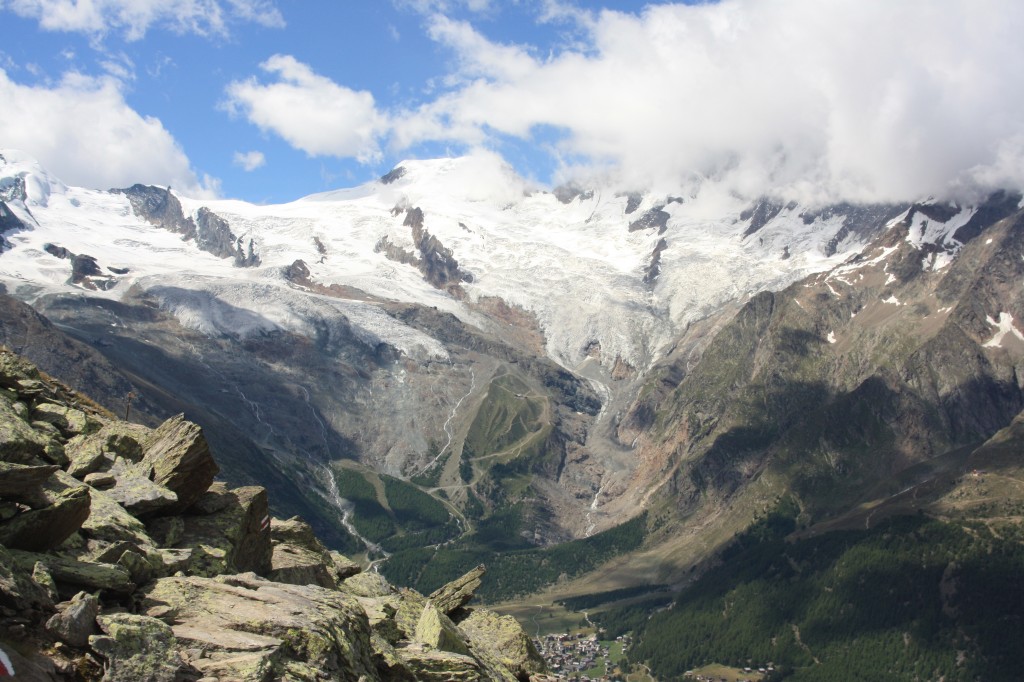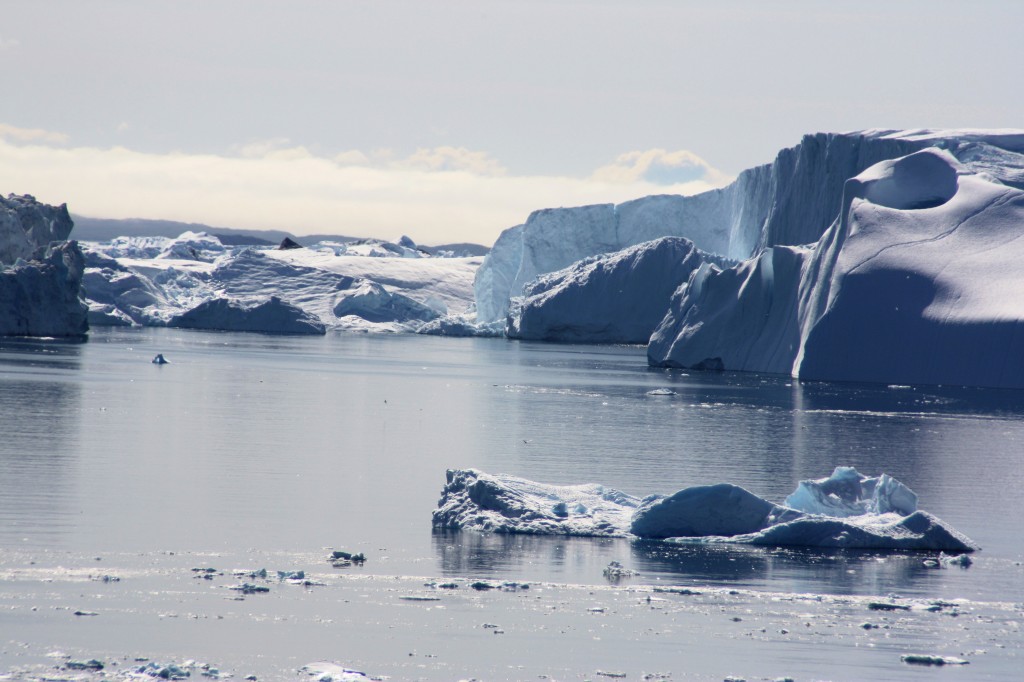Human action speeds glacial melting
It might sound like stating the obvious, but in fact it is not easy to find clear evidence that human behavior is behind the retreat of glaciers being monitored in different parts of the world. Hence my interest in a study just published in the journal Science.
The main problem is that it usually takes decades or even centuries for glaciers to adjust to climate change, says climate researcher Ben Marzeion from the Institute of Meteorology and Geophysics of the University of Innsbruck. He and his team of researchers have just published the results of a study for which they simulated glacier changes during the period from 1851 to 2010 in a model of glacier evolution. They used the recently established “Randolph Glacier Inventory” (RGI) of almost all glaciers worldwide to run the model, which included all glaciers outside Antarctica.
“Melting glaciers are an icon of anthropogenic climate change”, the authors say. However, they stress that the present-day glacier retreat is a mixed response to past and current natural climate variability and “current anthropogenic forcing”. Their modeling shows though that whereas only 25% of global glacier mass loss between 1851 and 2010 can be attributed to human-related causes, the fraction increases to around 69% looking at the period between 1991 and 2010. So human contribution to glacier mass loss is on the increase, the experts write.
Marzeion says the global retreat of glaciers observed today started around the middle of the 19th century at the end of the Little Ice Age, responding both to naturally caused climate change of past centuries (like solar variability), and to human-induced changes. Until now, the real extent of human contribution was unclear. The authors say their latest piece of work provides clear evidence of the human contribution.
Once more I am happy to refer to the Climate News Network, in this case to Tim Radford, for an easy-to-read summary of the main research results and the background. There is no doubt that glaciers are losing mass, retreating uphill and melting at a faster rate, says Radford. He refers to some Andes glaciers and the the Jakobshavn glacier in Greenland, or Sermeq Kujualleq as I prefer to call it, using the indigenous name. Ice Blog followers may remember my own trip to Greenland and that particular glacier. I have also written on the speeding of the melt there on the Ice Blog and on the DW website.

Alpine glacier like these in Saas-Fee, Switzerland, have declined dramatically in recent decades. (I.Quaile)
Radford also refers to ascertaining the melting of alpine glaciers by comparing historic paintings and other documentation with the current ice mass. That decline is something I have observed at first hand in Valais in Switzerland during regular visits over the past 30 years. Look out for a comparative photo gallery of my own pics, when I get time to put it together. Since most of the shots are from the pre-digital era, that will be a time-consuming task.
I also remember a trip to the Visitor Centre of the Begich Boggs glacier in Alaska in 2008. The glacier has already retreated so far you can’t see it at all from the Centre built specially for the purpose of viewing it.
The question until now was how much of all this was caused by natural developments and how much to changes in land use and the emission of greenhouse gases? The latest study supported, among others, by the Austrian Science Fund (FWF) and the research area Scientific Computing at the University of Innsbruck, has come up with some answers. Since the climate researchers were able to include different factors contributing to climate change in their model, they can differentiate between natural and anthropogenic influences on glacier mass loss
“While we keep factors such as solar variability and volcanic eruptions unchanged, we are able to modify land use changes and greenhouse gas emissions in our models,” says Ben Marzeion, who sums up the study: “In our data we find unambiguous evidence of anthropogenic contribution to glacier mass loss.”
As always, there is still need for further research – and a lot more monitoring. The scientists say the current observation data is insufficient in general to derive any clear results for specific regions, even though anthropogenic influence is detectable in a few regions such as North America and the Alps, where glaciers changes are particularly well documented.
With global glacier retreat contributing to rising sea-levels, changing seasonal water availability and increasing geo-hazards, the study’s conclusions should help put a little more pressure on the world’s decision-makers to get serious about emissions reductions.

















Feedback